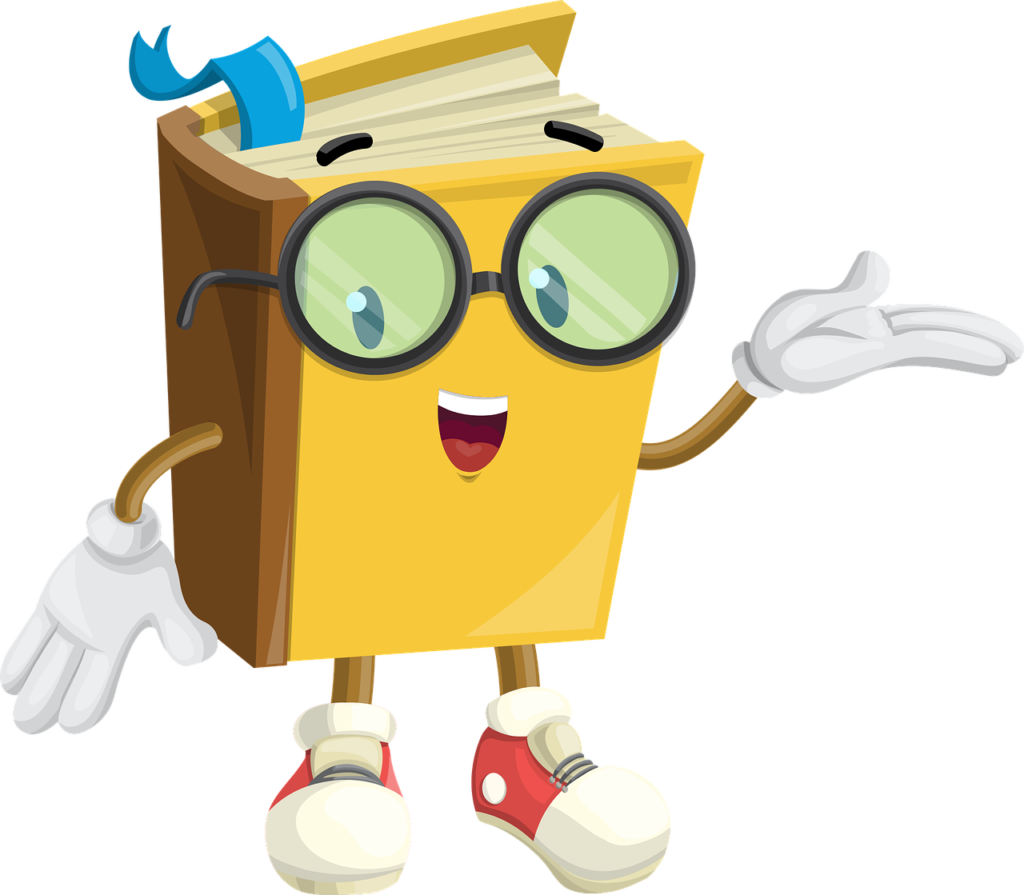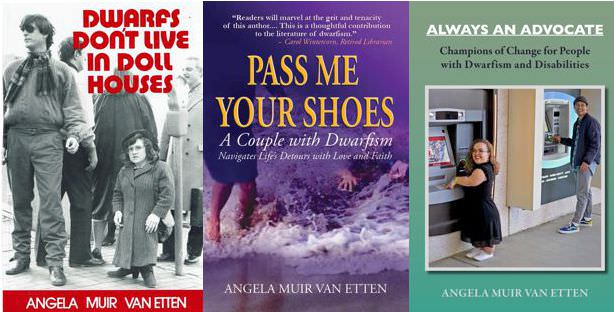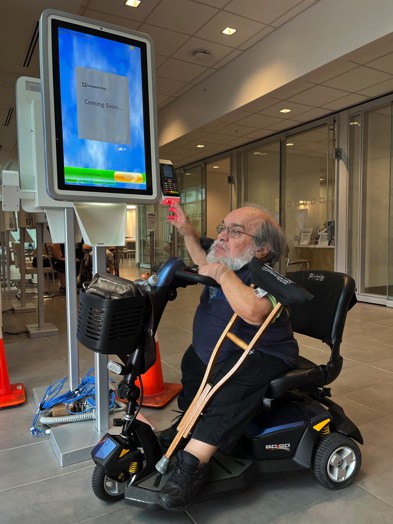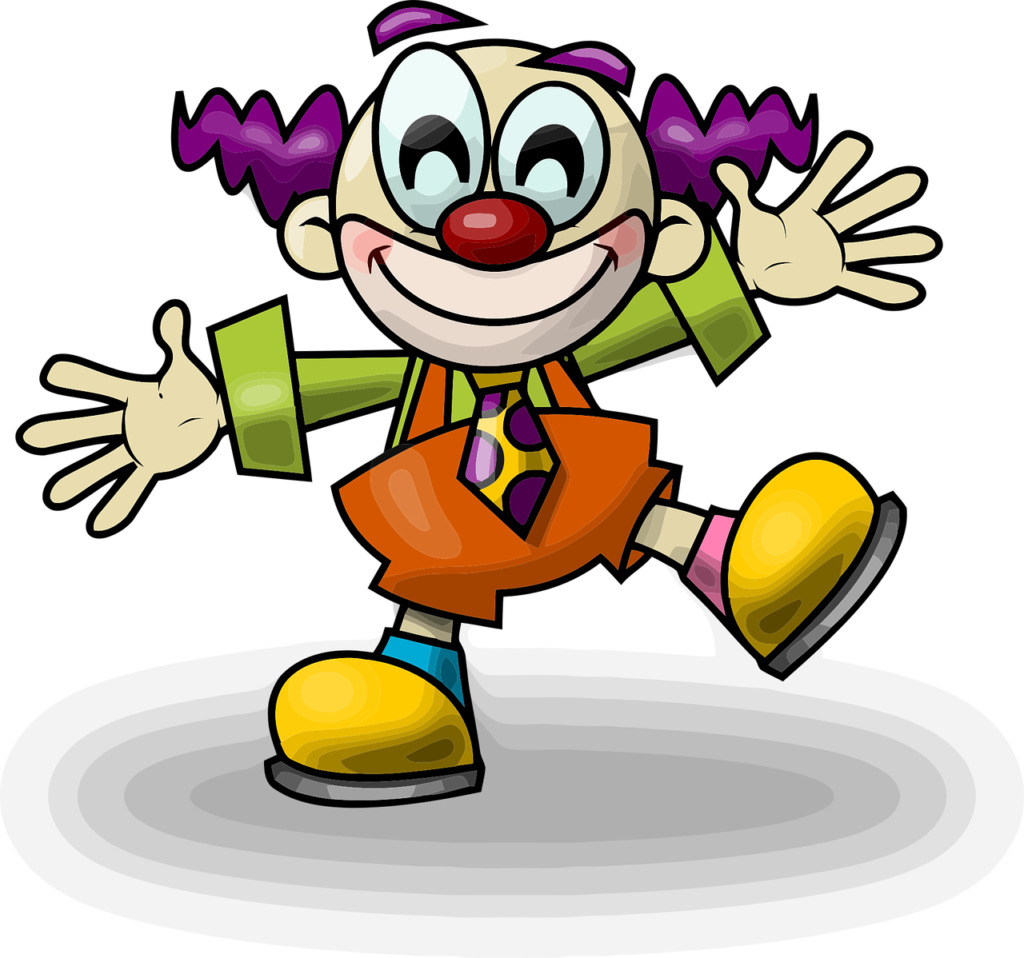
This book brings together the voices and experiences of people with dwarfism, working in the arts and beyond, to demonstrate how they challenge and resist problematic stereotypes associated with dwarfism in society.
Dwarfism is a condition that most people know of, yet know very little about. General society, including children, learn about dwarfism through cultural representations of the condition, popular within the media, including films and television shows. Furthermore, due to various internet platforms, new derogatory forms of dwarfism entertainment are emerging (Adelson, 2005).
Want to subscribe to receive blog updates sign up today!
However, there are advocates with dwarfism who are using various media platforms, including the internet to challenge these cultural representations and raise awareness. This book brings together the voices of people with dwarfism challenging ableist representations of condition.
I felt that it is important to give people with dwarfism a voice, as society tends to favour the voices of people with dwarfism who partake in derogatory forms of entertainment (dwarf tossing, midget wrestling), which only reinforces problematic beliefs. However, as Adelson (2005: n.d.) points out, ‘among many persons with dwarfism today—determined to vanquish the ridicule that has permeated their history—the current association of dwarfs with freak-related entertainment has provoked irritation, distress, and even outrage’. Thus, this book aids in advocating for a better representation of dwarfism though providing a collective voice and range of experiences.
Disability arts and the media are important tools in challenging problematic stereotypes of disability, as well as giving disabled people a platform for creating their own representations. However, whilst there is growing literature on the subject, there is scarce literature specifically focusing on people with dwarfism in the arts or within advocacy roles. Adelson (2005) points out that general society, including the disability community, are not fully aware of the push people with dwarfism are trying to make to challenge and change cultural representations of the condition. This book helps to raise awareness within academia and society through providing a collective voice and contributing new knowledge to Disability Arts.
Each chapter is written by an artist /activist with dwarfism, who reflects on the work they do, which includes, but is not limited to a role or exhibition they have done and why. For example, several chapters focus on the importance of pursuing acting roles which do not reinforce stereotypes associated with dwarfism, such as Santa’s elves. Others include various forms of art work, which encourages the audience to reflect on how they perceive people with dwarfism. Each chapter offers their thoughts, experiences and importantly recommendations to improve representations of dwarfism and to challenge ableist attitudes within society. Numerous chapters show what people with dwarfism are doing to make the arts more accessible. Other chapters focus on the other forms of advocacy used to raise awareness, such as the importance of blogs and podcasts. Furthermore, the struggles of advocacy work and challenging long held beliefs are explored.
Addendum: Chapter Titles and Authors:
Introduction.
Erin Pritchard (Liverpool Hope University)
Chapter 1 – Curating New Perspectives: How My Dwarfism Led Me to Disability Art.
Amanda Cachia (Otis College of Art and Design, California Institute of the Arts)
Chapter 2 – Little Big Women: Condescension – Sculpting the Oppositional Gaze.
Debra Keenahan (Western Sydney University)
Chapter 3 – Where are the Creative Opportunities for People with Dwarfism Lived Experience in Participatory Arts Funding?
Steph Robson (Disability Artist – Hello Little Lady)
Chapter 4 – It’s Behind You: How Equity and an Education Made Me More Than Just a Suit Filler
Alice Lambert and Erin Pritchard
Chapter 5 – Midgitte Bardot: Using Drag Performance to Challenge People’s Perceptions and Attitudes of Dwarfism
Tamm Reynolds and Erin Pritchard
Chapter 6 – The Path to Success Is Long and Winding: Challenging Stereotypes and Fighting for Disability Equality in the Entertainment Industry
Danny Woodburn and Erin Pritchard
Chapter 7 – Get the Balance Right: The Change in How People With Dwarfism Are Depicted From Limited, Damaging and Negative to Realistic, Creative and Positive
Simon Minty
Chapter 8 – Creating Our Own Path: The Easterseals Disability Film Challenge
Nic Novicki and Erin Pritchard
Chapter 9 – Dwarfism Advocacy: A Life Tenure
Angela Van Etten (Former President of Little People of America)
Chapter 10 – Exploring Dwarfism Representation in Social Media: Intentionality and Advocacy as a Digital Content Creator Kara B. Ayers (University of Cincinnati)
Chapter 11 – Podcasts as a Platform for Advocacy.
Jillian Curwin (Founder and Owner of Always Looking Up)
Chapter 12 – The Patchwork Representation We Too Often Miss
Sam Drummond
Chapter 13 – “Would You Befriend Me, Date Me, Hire Me If I Hadn’t Had My Bones Broken & Stretched to Look More Like Yours?”
Emily Sullivan-Sanford (Freelancer)
Epilogue
Erin Pritchard (Liverpool Hope University)
Ready to read more?
Emerald Publishing is offering a 30% discount in the Emerald Bookstore with promo code EME30.









